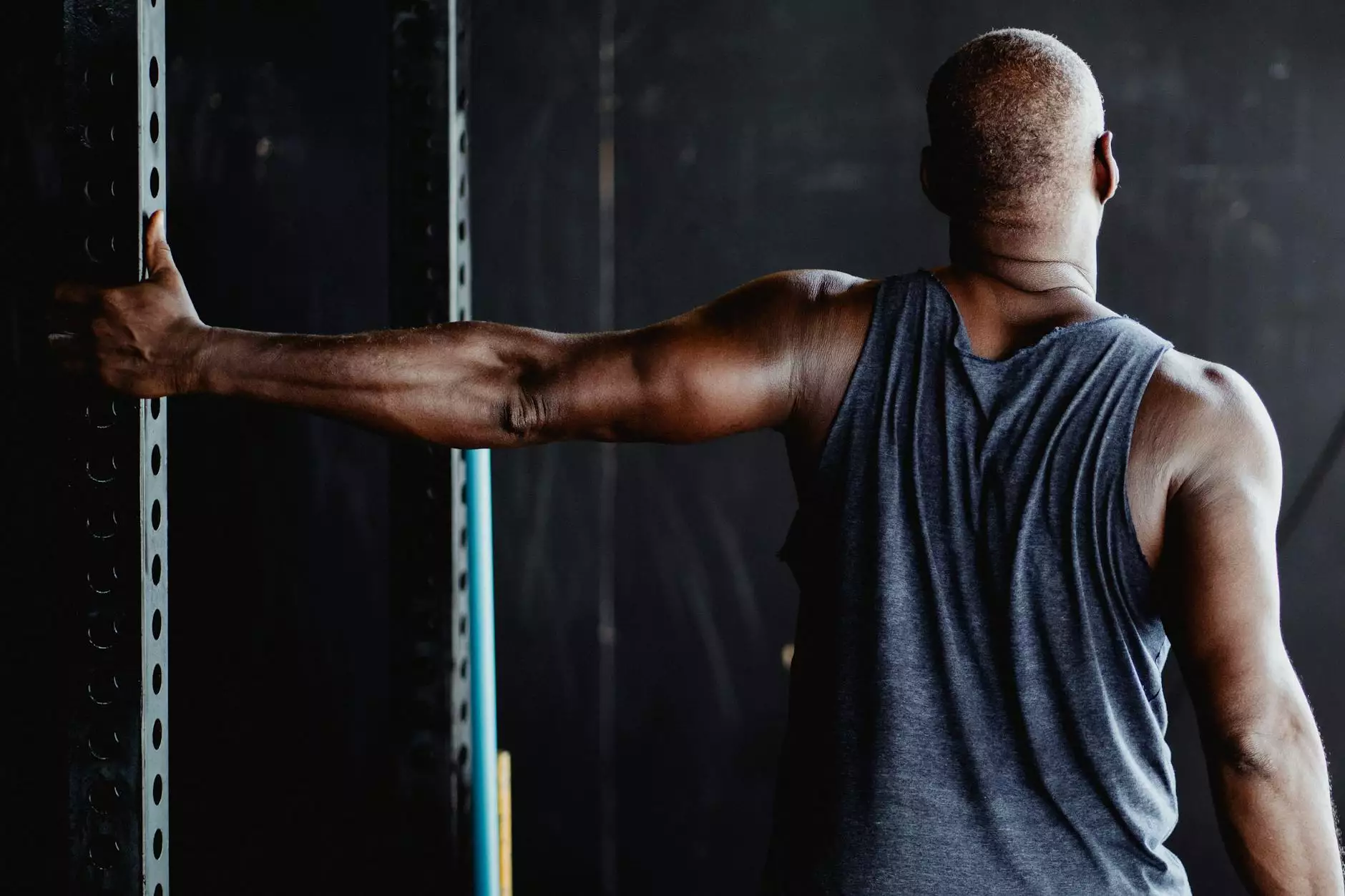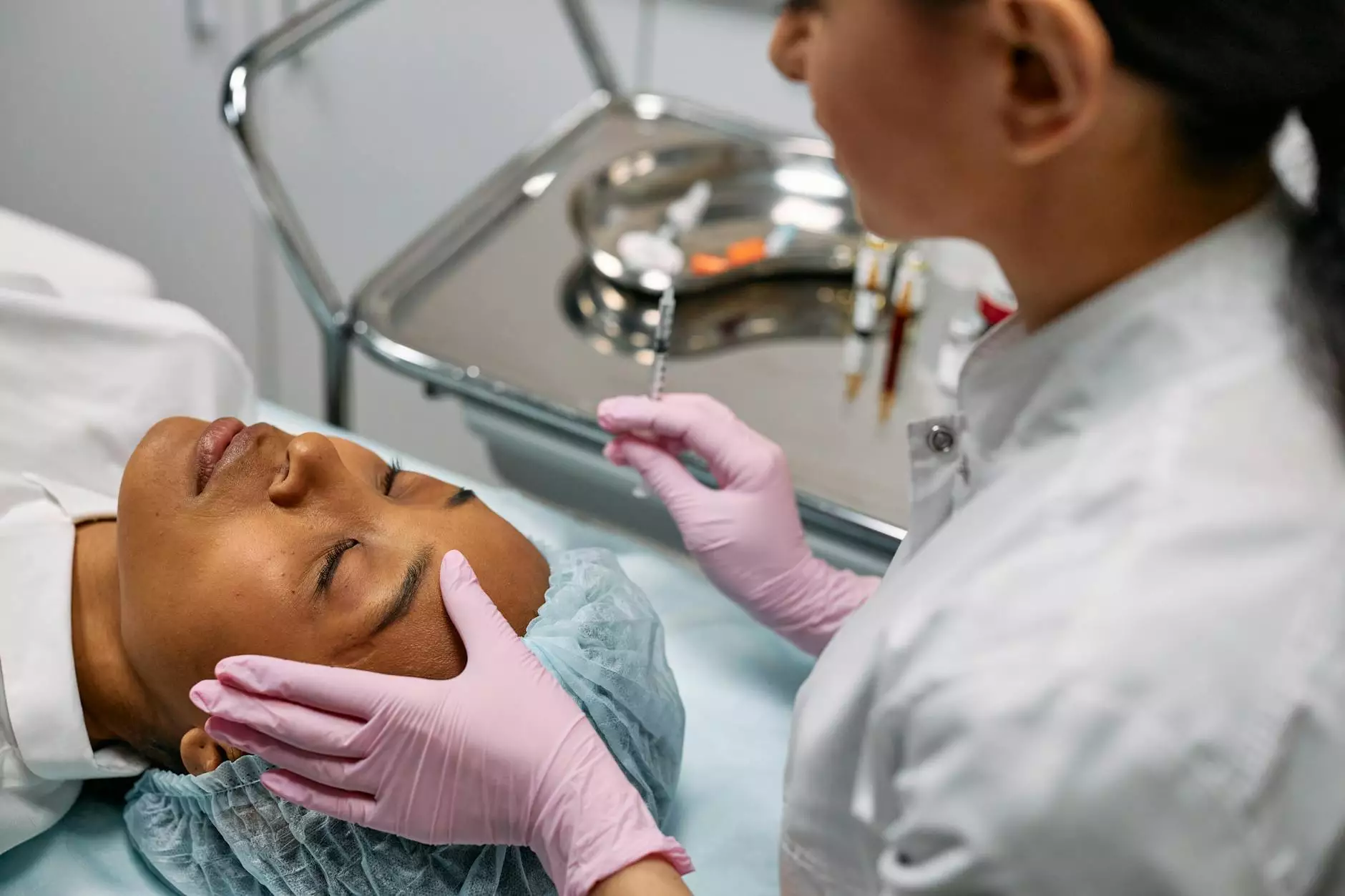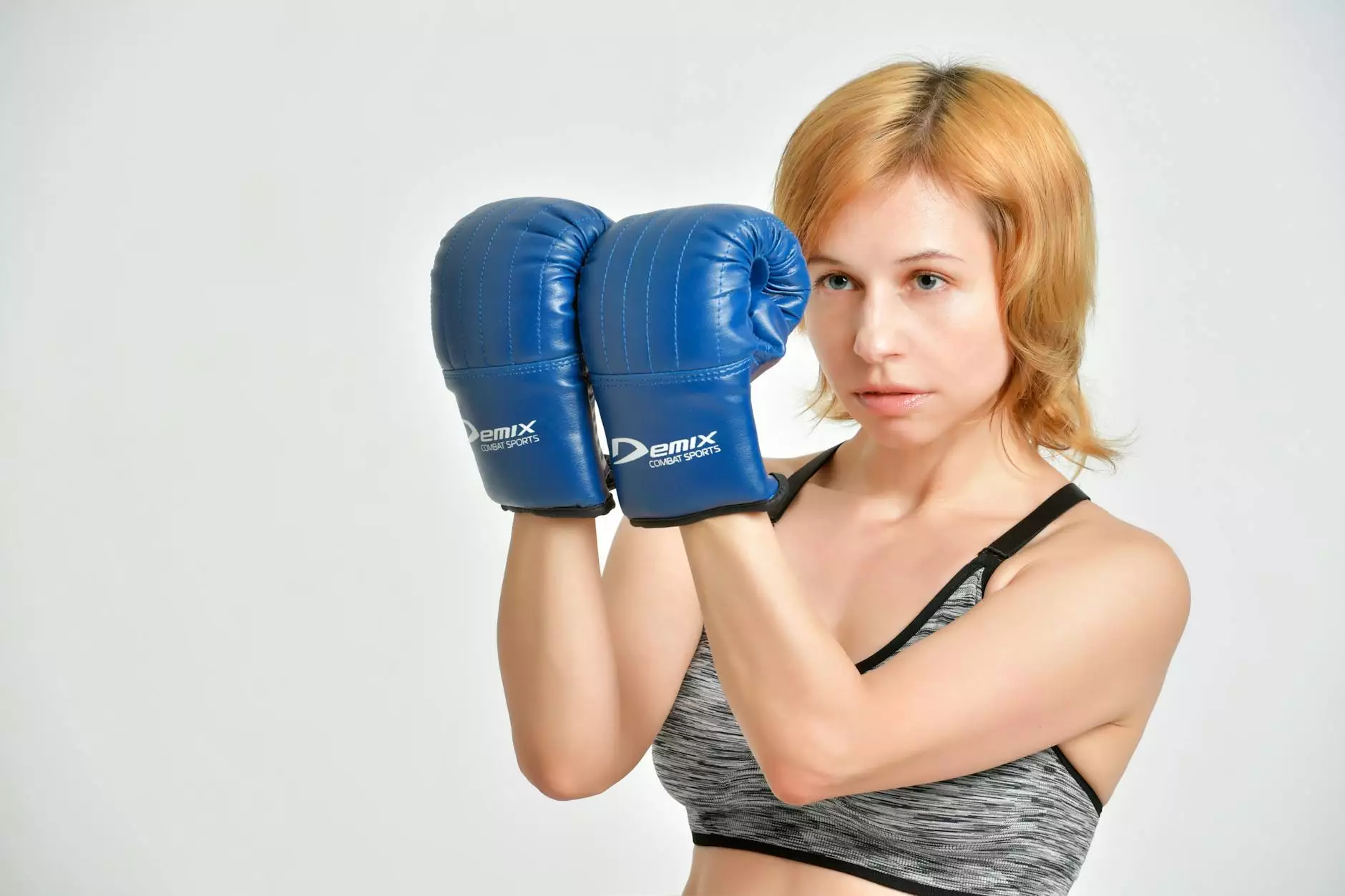Shoulder External Rotator - Improve Your Shoulder Strength

The shoulder external rotator muscles play a crucial role in maintaining shoulder stability and function. These muscles, including the infraspinatus and teres minor, are responsible for rotating the shoulder joint externally, allowing us to perform various upper body movements with ease. Whether you are an athlete, fitness enthusiast, or someone dealing with shoulder issues, understanding and strengthening these muscles is essential for maintaining optimal shoulder health.
Importance of Shoulder External Rotators
Strong and well-functioning shoulder external rotators not only enhance your overall shoulder stability but also contribute to the prevention of injuries. Whether you are engaging in sports activities that involve throwing or swinging motions, or simply carrying heavy objects, these muscles provide the necessary support and prevent excessive stress on the shoulder joint.
Moreover, a balanced and stable shoulder joint allows for improved posture and reduces the risk of developing conditions such as shoulder impingement syndrome or rotator cuff injuries. Therefore, it is vital to pay attention to the strength and flexibility of your shoulder external rotator muscles.
Exercises to Strengthen Shoulder External Rotators
Below, we have compiled a list of effective exercises that specifically target the shoulder external rotators, helping you improve their strength and function:
- External Rotations with Resistance Band: Attach a resistance band to a stationary object and hold the other end with your hand. Start with your elbow bent at a 90-degree angle and rotate your forearm away from your body, keeping your upper arm still.
- Cable External Rotations: Stand sideways to a cable machine with your arm at a 90-degree angle. Hold the cable handle with your hand and rotate your forearm away from your body, resisting the tension of the cable.
- Dumbbell External Rotations: Sit on a bench with a dumbbell in one hand, resting your elbow on your thigh. Keeping your upper arm stationary, rotate your forearm outward by moving only at the shoulder joint.
- Prone External Rotations: Lie face-down on an exercise bench, with your arm hanging straight down. Hold a light dumbbell in your hand and lift it upwards by externally rotating your shoulder.
- Standing External Rotation Stretch: Stand next to a wall or a doorframe, with your elbow bent at 90 degrees and your forearm resting against the surface. Gently lean into the wall or doorframe, feeling a stretch in your shoulder external rotator muscles.
Tips for a Well-Rounded Shoulder Workout
While focusing on strengthening the shoulder external rotators is essential, it is equally important to engage in a well-rounded shoulder workout routine. This ensures that all the muscles surrounding the shoulder joint are adequately trained and balanced.
- Incorporate Shoulder Flexion and Extension Exercises: Include exercises such as shoulder presses, front raises, and rear deltoid flyes to target the other muscles in the shoulder complex.
- Pay Attention to Proper Form: Maintaining proper form during exercises is crucial to prevent injuries and achieve optimal results. Seek guidance from a qualified fitness professional or physical therapist.
- Gradually Increase Resistance and Intensity: Start with lighter weights or resistance bands and gradually increase the load as your strength improves. Overloading the muscles too quickly can lead to strain or injury.
- Allow Ample Rest and Recovery: Adequate rest and recovery are crucial for muscle growth and repair. Incorporate rest days into your workout routine and prioritize quality sleep.
- Listen to Your Body: If you experience any pain or discomfort during exercises, stop and consult a healthcare professional. Pushing through pain can worsen existing conditions.
Conclusion
Incorporating exercises that target the shoulder external rotator muscles into your workout routine is essential for maintaining shoulder stability, improving posture, and preventing injuries. Practice proper form, gradually increase the intensity, and ensure a well-rounded shoulder workout to achieve optimal results.
Remember, consult a healthcare professional or physical therapist if you have any existing shoulder issues or concerns. Prioritize your shoulder health, and enjoy the benefits of strong and stable shoulders in your daily activities and fitness pursuits.









